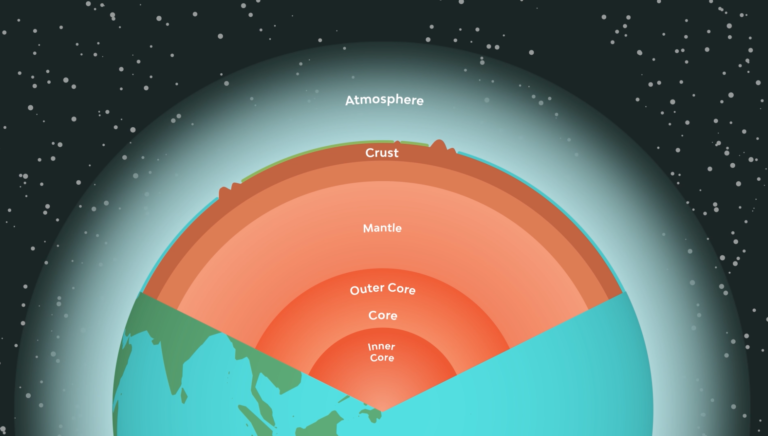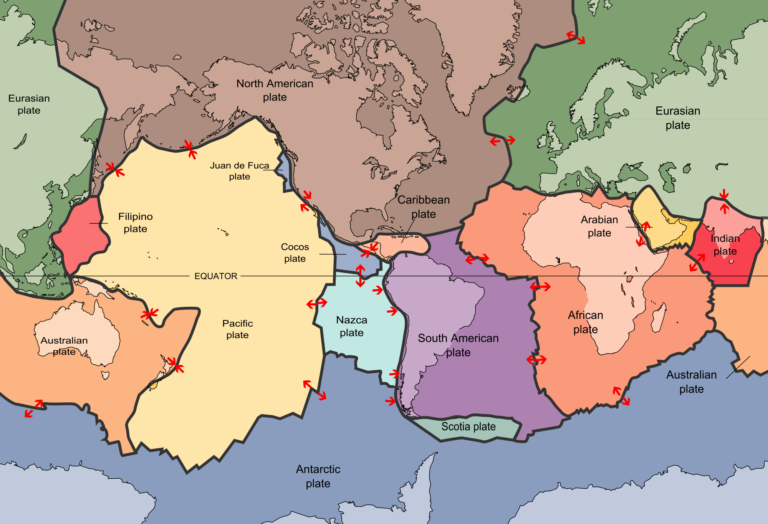Home / Nature & Environment / Earth Science / Extreme Geological Events / Where do earthquakes strike?

Reach your personal and professional goals
Unlock access to hundreds of expert online courses and degrees from top universities and educators to gain accredited qualifications and professional CV-building certificates.
Join over 18 million learners to launch, switch or build upon your career, all at your own pace, across a wide range of topic areas.

 A cross-section of the Earth
A cross-section of the Earth Plate tectonics retrieved from
Plate tectonics retrieved from  Three main Tectonic Plates boundary types retrieved from
Three main Tectonic Plates boundary types retrieved from 


